How to Create Social Media Content That Engages Local Audiences
This is the second post in our Local Social Media Series. Catch up by reading our first post and checking out our Local Social Media Infographic.
- What is this series all about? Our Local Social Media Series is designed to help multi-location and franchise brands improve their social media presence by engaging consumers at the local level.
- Who should read this series? Multi-location and franchise brand marketers looking to boost their brand’s local presence on social media.
Creating and promoting original content can be challenging for any brand. For multi-location and franchise brands, that challenge is exacerbated when you have to spread that content across locations to reach hundreds or thousands of disparate local audiences. To help you overcome that obstacle, here are five steps you can take to create, distribute and promote content to engage local audiences on social media.
No. 1: Creating content at the corporate level
Before you can start distributing content across your locations, you need content to distribute. There are plenty of formats your brand can choose from to fuel the social pipeline, but it’s important that you create content based on your team’s skillset (or, hire an agency with the skillsets to create different types of content for you).
This content can range from long-form, heavily-involved projects like white papers and videos to simpler content like social posts and blogs. Regardless of the format, odds are you’ll be able to repurpose the content into a social media post.
Top 5 formats B2C marketers use to distribute content for content marketing purposes
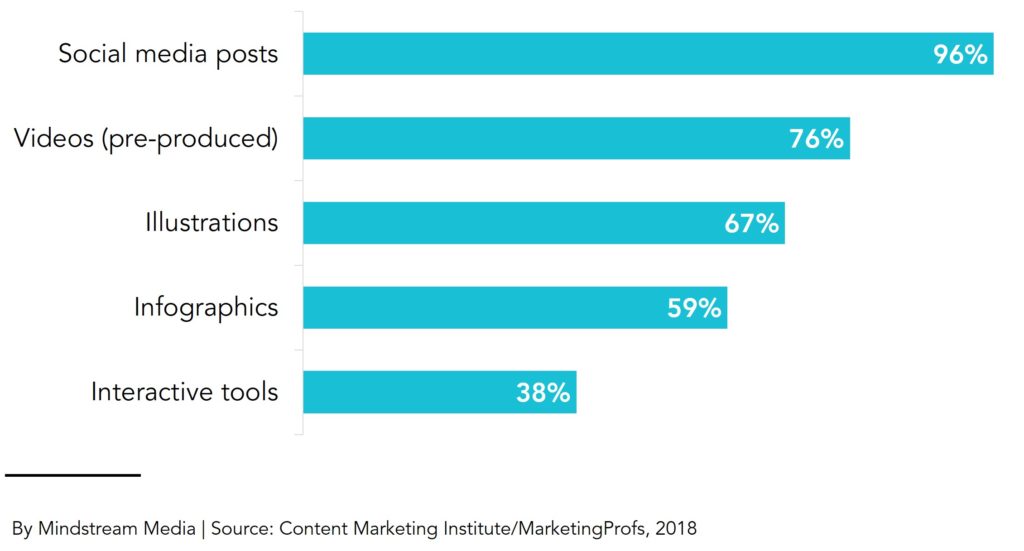
No. 2: Organizing all the content you create
To get the most out of the content you create, it’s important to keep it all organized. Using a library or database allows you to access past content and leverage it to create new pieces. This will also allow franchisees, local employees, regional marketers and others across your brand to leverage previous content like images and video to create new engaging social posts.
To give you a better idea of what this looks like, here’s a screenshot from Rallio’s social media management dashboard. (Note: Rallio is a technology partner of Mindstream Media Group).
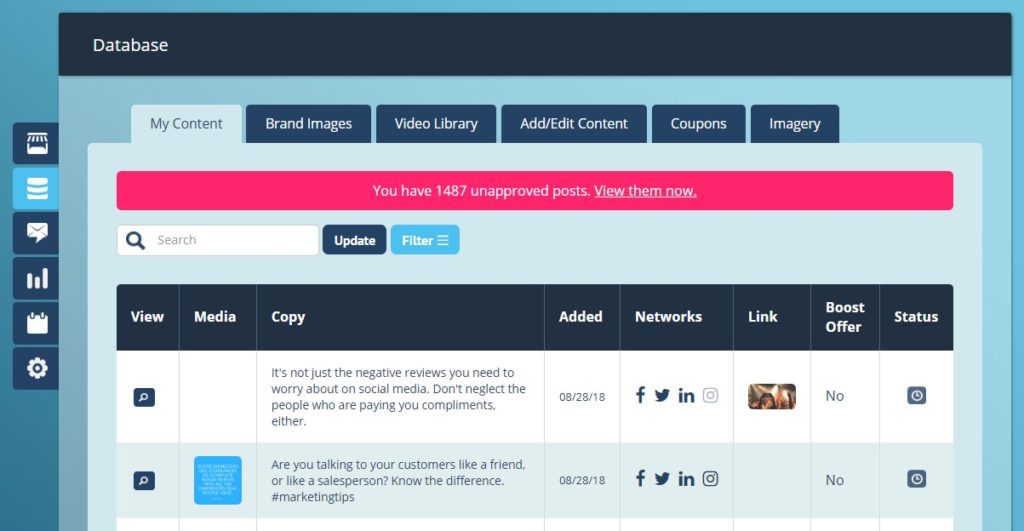
No. 3: Determining the right distribution channels
Once you have a system for creating and organizing your brand’s social content, you need to determine which channels you want to promote that content on. Choosing the right platforms depends a lot on your brand – namely, the types of content you’re creating and the audiences you want to reach. Here’s a quick look at some of the top social platforms to help you decide.
As the most popular social media network on the planet with roughly 2.2 billion monthly active users, Facebook is a great way to reach the masses. A substantial percentage of pretty much every generation and audience type is on Facebook so it’s great for almost every brand.
With more than 800 million monthly active users, Instagram is the way to go if you’re looking to promote highly-visual content pieces. If your goal is to drive website traffic – either to blog posts or product and service pages – Instagram is not a great option as it doesn’t allow links in posts.
The social network for professionals boasts roughly 500 million monthly active users including 40 million students and recent college grads. LinkedIn is geared towards reaching professionals so it may be a better choice for B2B marketers.
With 330 million monthly active users, Twitter is the perfect platform to help your brand drive conversations and comment on trending topics.
YouTube
The video sharing platform has more than 1.5 billion monthly active users. YouTube is a great platform if your brand plans on creating lots of video content.
With roughly 175 million users, Pinterest is well-suited for sharing visually-appealing content like DIY projects, infographics, before-and-after images, etc.
Top 5 social platforms B2C marketers use for content marketing purposes
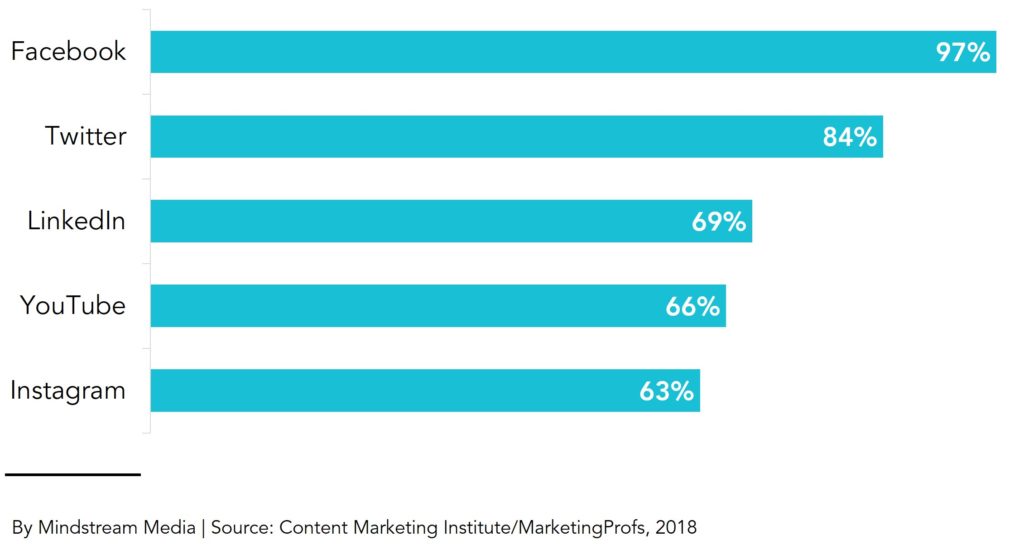
No. 4: Publishing content across locations
Here’s where the benefits of leveraging technology really come into play. By using a technology tool like a social dashboard, you can publish national content at the local level.
For an example of how this works, let’s look at Rallio’s dashboard again. Syncing your corporate and local profiles in the dashboard allows you to automatically publish or schedule posts across locations on various social platforms.
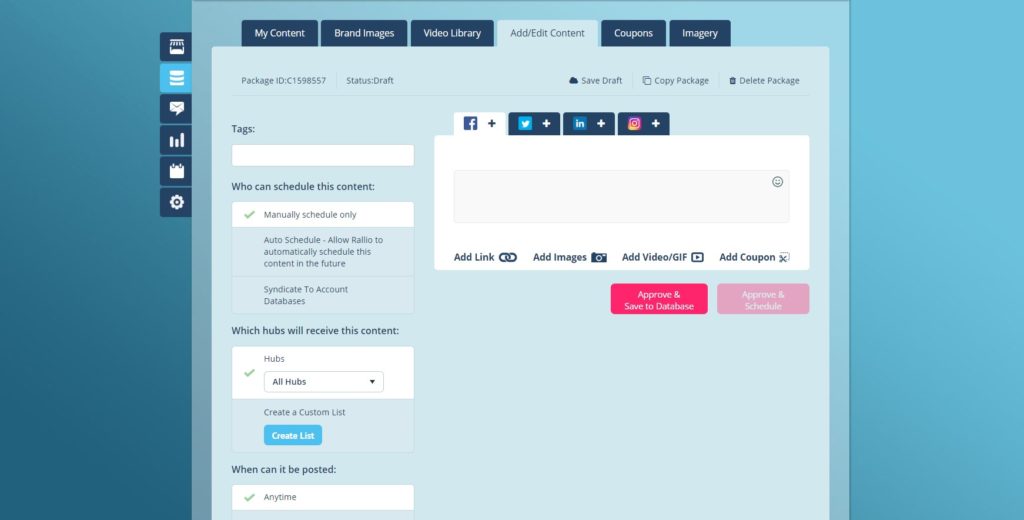
No. 5: Monitoring the performance of your social content
Once you go through the process of creating, managing and publishing your content, it’s important to make sure those efforts are generating engagement and results for your brand. Again, technology plays a significant role here. By using a local social dashboard, you can monitor the performance of your content across locations and provide your franchisees and other team members access to that reporting.
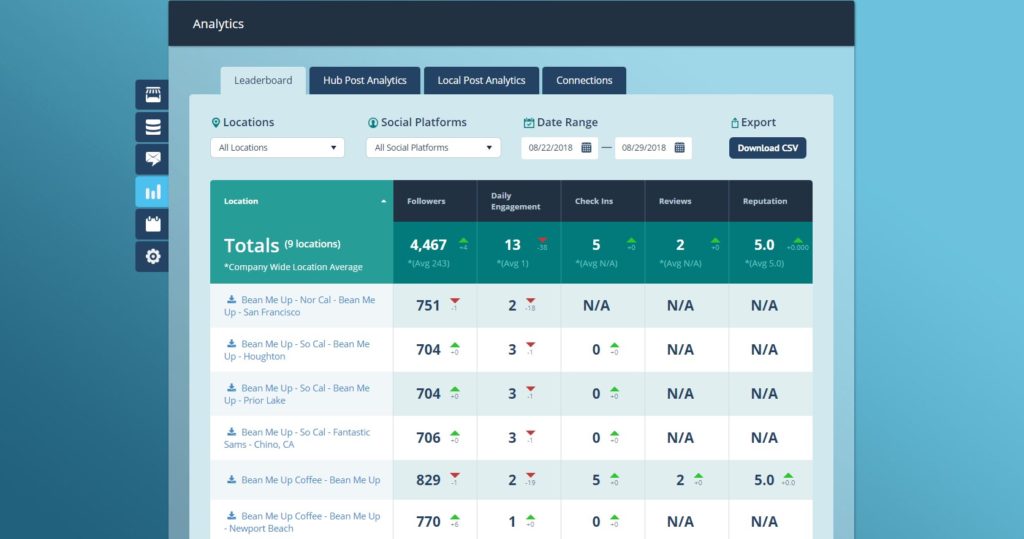
By distributing corporate content across local pages, multi-location and franchise brands can significantly improve their social media presence. It’s not easy, but it’s doable. For multi-location brands, it really boils down to coordinating in-house and external content creation efforts with a technology that allows you to distribute posts across pages.
Hopefully, this post helped you understand how to leverage corporate content at the local level. In the next post of the Local Social Media Series, learn how multi-location brand marketers can help their locations create brand-compliant, highly-engaging social content at the local level.
Want to Fast-Forward your local social media efforts? Contact Mindstream Media Group to learn more about our Content Marketing and Social Media services.
More from Mindstream Media Group

Meet the Mindstreamer – Chandler Swanner
Chandler Swanner’s interest in advertising dates back to her childhood. Her mother (and role model in life) was a Media […]

Third-Party Cookie Phase-Out: What Marketers Need to Know
Cookies are an essential part of internet usage, allowing websites to remember you and provide a more personalized experience. This […]
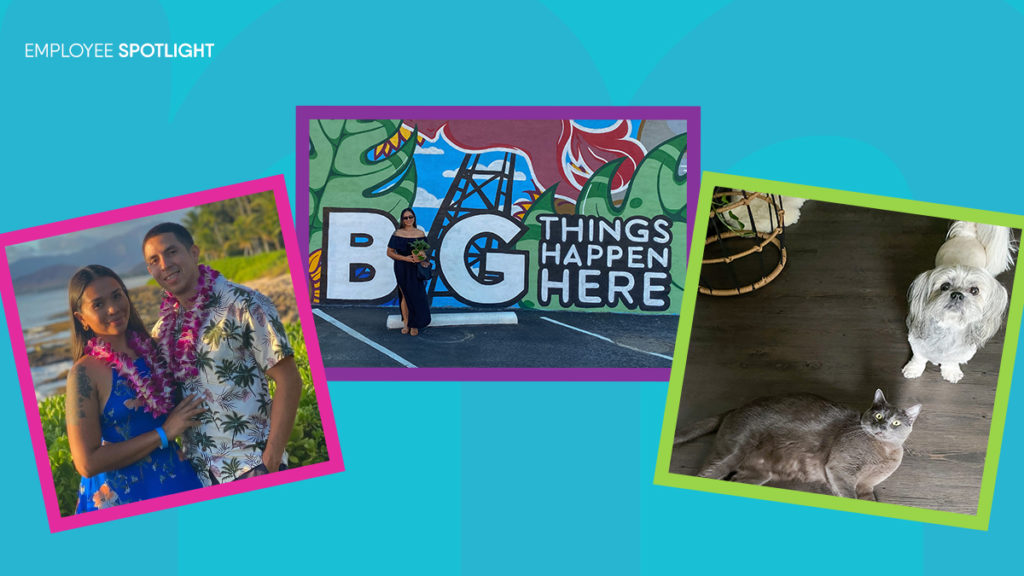
Meet the Mindstreamer – Kaya Bucarile
She plans and oversees media strategy for agency clients, working closely with project and platform managers to ensure that we […]
